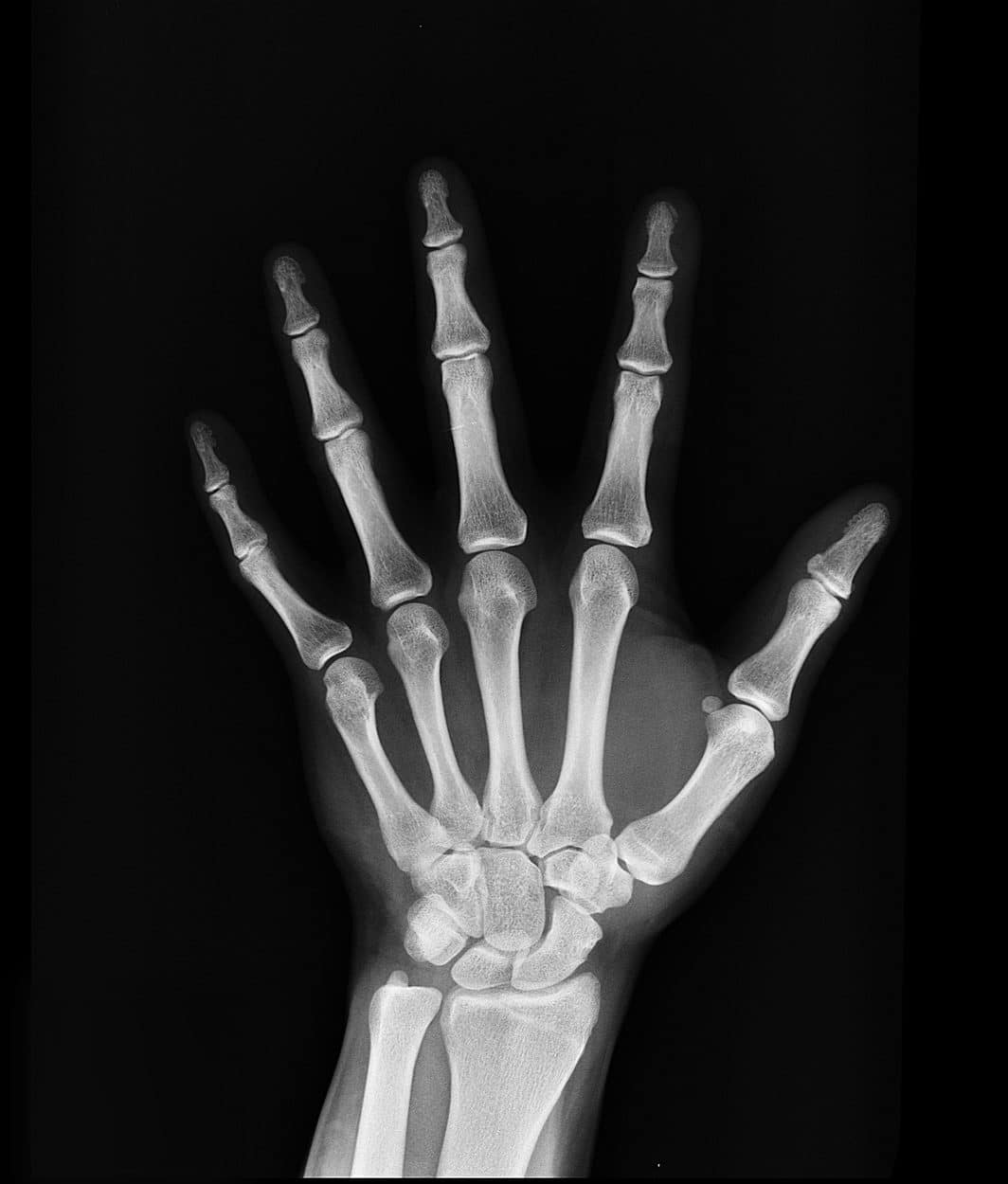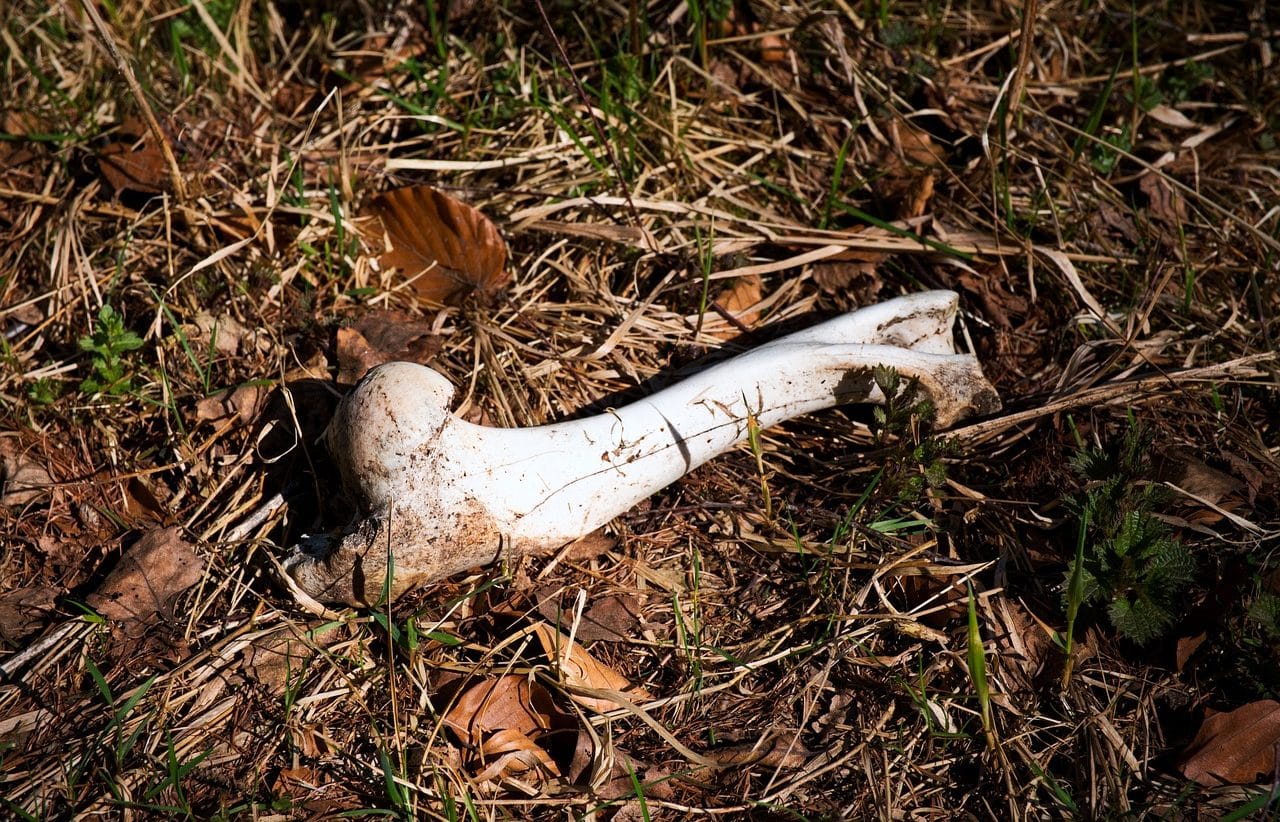
Bone tissue provides rigidity to bones.
Bone tissue is the component of bones . It is a set of cells with extensive extensions and organic matter , which contains calcium salts. This element is what gives rigidity and resistance to bones.
Likewise, we cannot forget that bone tissue is considered to be responsible not only for providing support to vertebrate animals but also for protecting them.
A tissue is, for anatomy , botany and zoology, a group of cells that act in a coordinated manner and have certain characteristics in common. Bone , for its part, is that linked to bones (the highly hard elements that are part of the skeleton of vertebrate beings).
Characteristics of bone tissue
Bone tissue is part of specialized connective tissue . It should be noted that the notion of connective tissue refers to the tissues that provide support to the body and that enable the integration of its different systems.
Bone tissue is made up of lamellae that form osteons . The union of the lamellae, for its part, occurs through a calcified matrix that houses osteocytes (bone cells). You should also know that the osteocyte, which is shaped like pumpkin seeds, can come in three different formats: formative osteocyte, latent osteocyte and recourse osteocyte.
In addition to osteocytes, there are also other bone cells , such as osteoclasts (which eliminate or reabsorb bone matter) and osteoblasts (which are responsible for forming new bone tissue).

Bone tissue makes up specialized connective tissue.
Different structures
In the structure of bone tissue, on the other hand, a differentiation can be made between dense tissue (also called compact ) and areolar ( spongy ) tissue. Dense tissue is present in the outer layer of longer bones and in different regions of short bones. The areolar tissue, for its part, occupies most of the short, flat bones.
Other interesting information that is worth knowing about these two types of bone tissue are the following:
- The compact is identified by being hard as well as fragile and even by having a notable density. Thanks to their work, what is achieved is that the bones cannot splinter or break very easily.
- The spongy bone , on the other hand, is responsible for forming the epiphysis in what are the long bones. Its main function is none other than to act as a structure that provides rigidity and notable support to the bones, specifically compact bone.
Ossification for the creation of bone tissue
Also interesting is the fact that connective tissue can be transformed, giving rise to bone tissue. And that is something that is carried out through a process that responds to the name of ossification and that is the result of cellular, vascular or intercellular processes. An ossification that can be fundamentally of two types:
- Endochondral ossification , which occurs when bones grow lengthwise.
- Intramembranous ossification , which occurs around bones that lack a structural function.
